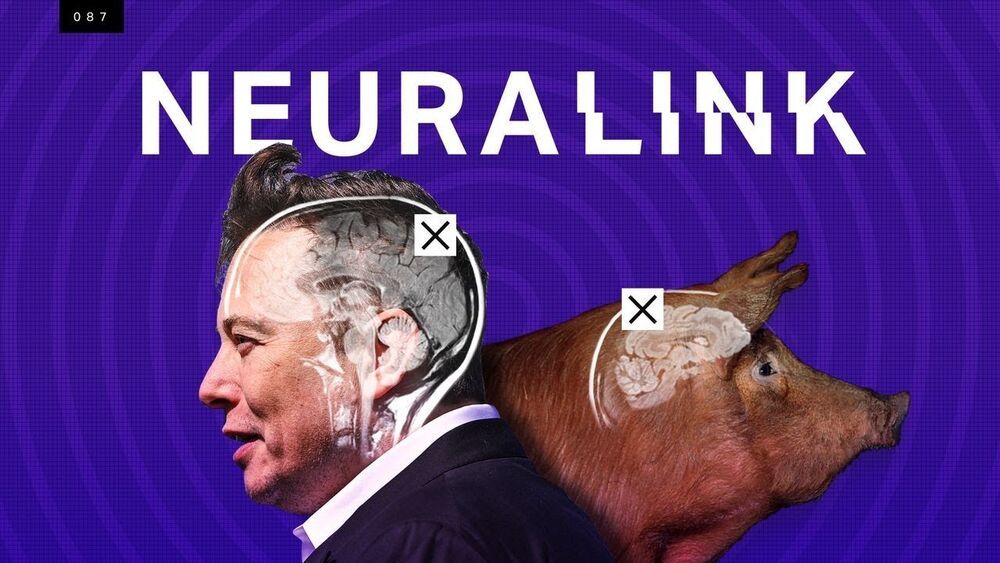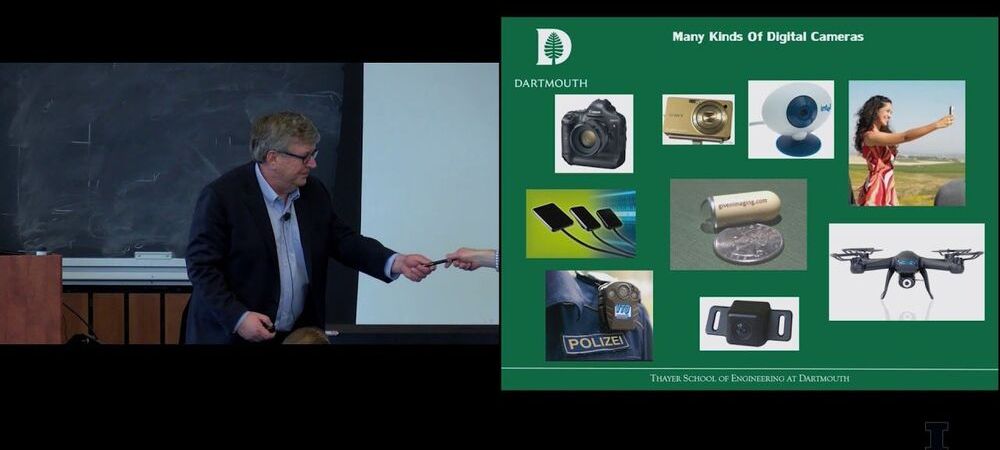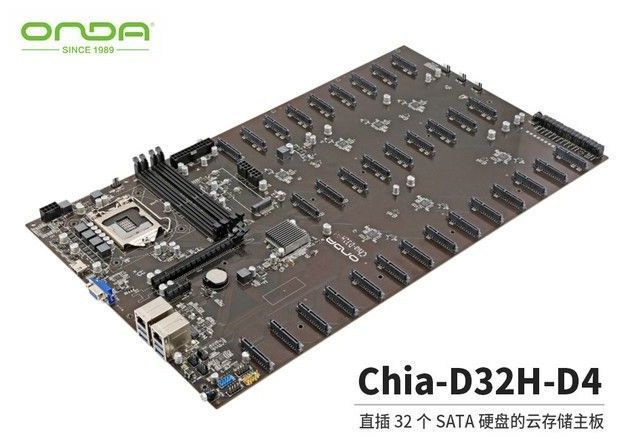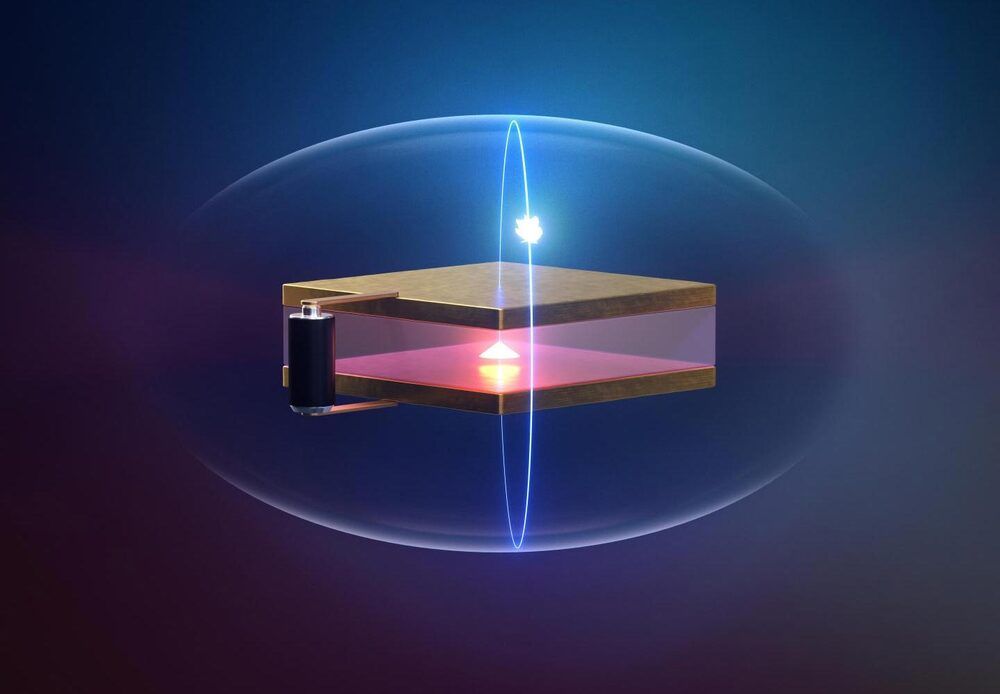May 2, 2021
President of Elon Musk’s Neuralink venture tweets that he’s left the company
Posted by Genevieve Klien in categories: computing, Elon Musk, neuroscience
Neuralink President Max Hodak tweeted Saturday that he has left the company he co-founded with Tesla and SpaceX CEO Elon Musk. Hodak didn’t elaborate on why he left the company or elaborate on the circumstance for his departure. “I am no longer at Neuralink (as of a few weeks ago),” he tweeted. “I learned a ton there and remain a huge cheerleader for the company! Onward to new things.”
✨Some personal news:✨ I am no longer at Neuralink (as of a few weeks ago). I learned a ton there and remain a huge cheerleader for the company! Onward to new things.— Max Hodak (@max_hodak) May 1, 2021
Continue reading “President of Elon Musk’s Neuralink venture tweets that he’s left the company” »

















